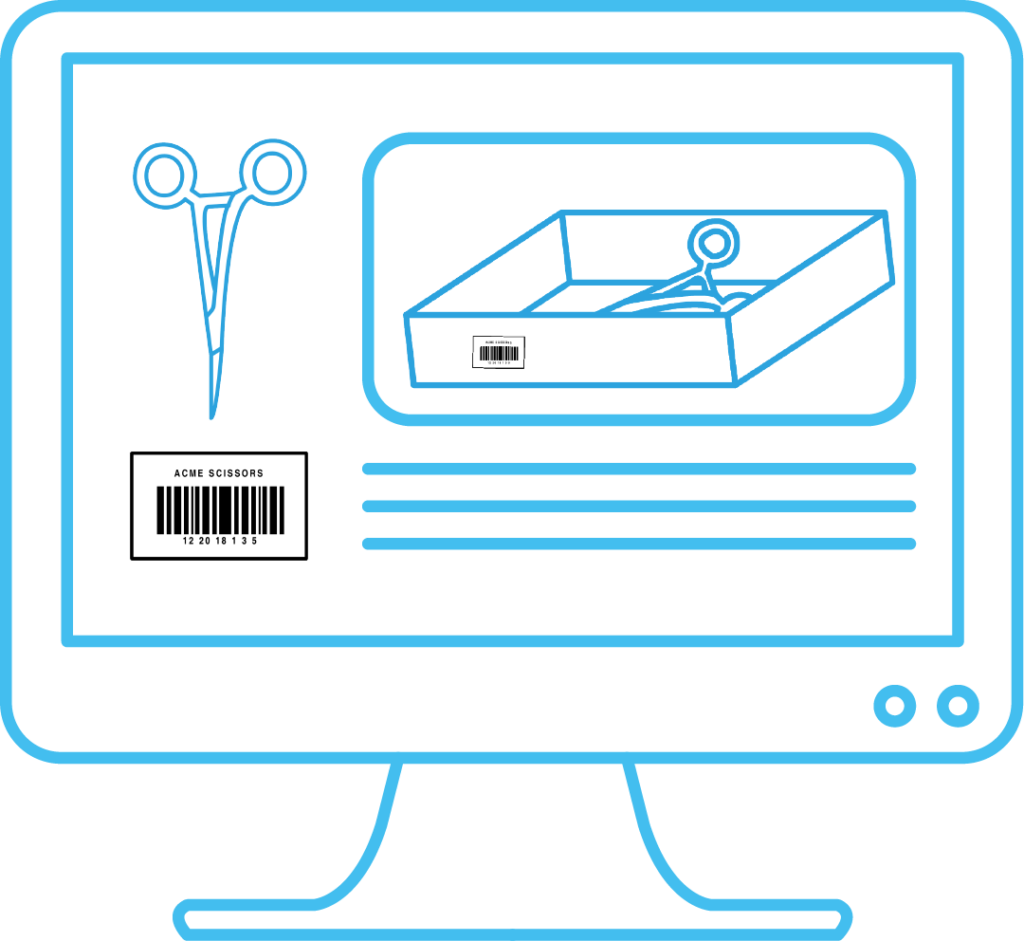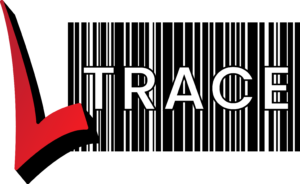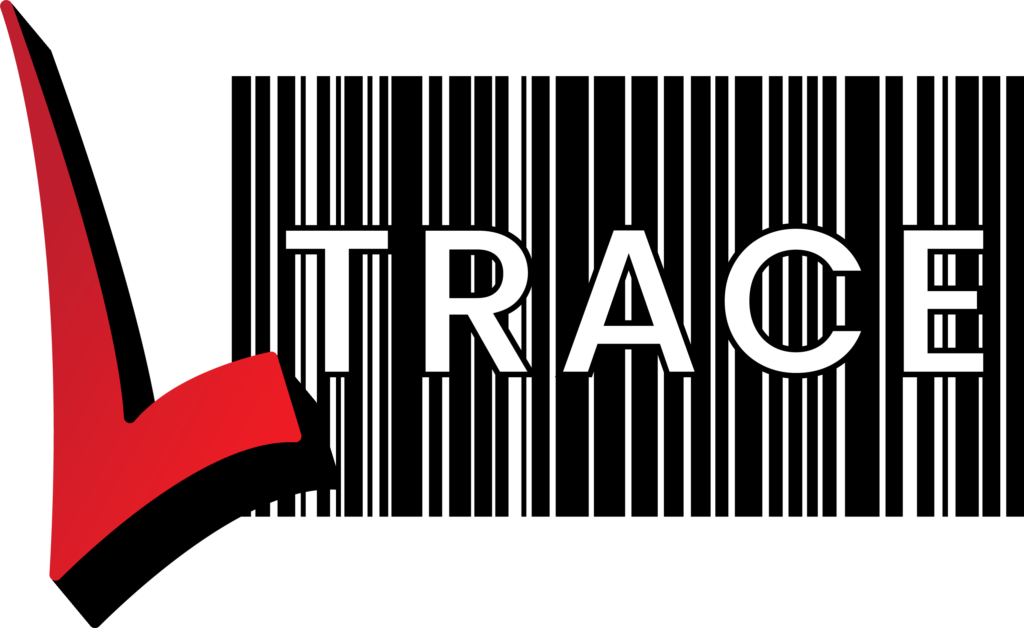To understand how L-Trace is scalable the following should be kept in mind:
The Number of Items Added to the Database
“Unique” and “non-unique” items offer the flexibility to either enter a general type of instrument or tray or specify a particular instrument/tray. For instance, you may have 5 identical trays in circulation. By marking them as non-unique, they only need to be input into L-Trace once, and the operator can then select the desired tray. This setup provides the advantage of minimal configuration, allowing you to trace the tray’s usage from the person packing it to the sterilization load and, finally, to the patient using it. However, what you can’t trace is which patient used it before and after. To accomplish this, the item must be unique within the system. In this case, all 5 trays must be individually entered into the system and uniquely marked/identifiable. This process takes time.
More specifically, it requires your time. Therefore, you have the autonomy to determine how many items are deemed “high risk” and should be individually tracked. When these items come through for the first time, you input them into L-Trace and, if desired, print a barcode to affix to the item. There is no reason why you can’t initiate with all non-unique items and progressively transition them to unique status.
The Amount of Information Available
L-Trace is able to display:
Pick list
Unique serial numbers if the item is unique
Photo of the item
Photo of each component
Detailed instructions on what to do
Storage instructions
Most of this takes your time to configure. So you can start with those items that are often incorrectly processed and expand to all items over time.

The Options for finding Items while Packing
Step 2 above requires the staff to identify the item that they are packing. Unique items ideally have a barcode on them. By using a barcode reader you will immediately identify that item. It takes 5 seconds and has a 0% error rate. We strongly recommend the use of barcode readers. A Bluetooth (no wires) barcode reader costs more than a cabled barcode reader but keeps the workbench clear of mess. A cabled barcode reader, however, is only a couple hundred dollars.
Step 2, however, can also be achieved by using a name-matching feature or a simple structure to find items. You don’t need a barcode reader.
Item Tracking
As the items move from CSSD to theatre/wards it is possible to track exactly where they are. This requires PCs and scanners to be available. In reality, however, you know that it is somewhere between CSSD (since the load was accepted) and the patient (since it hasn’t been scanned to the patient). This is the best place to save money initially.
Scalable, Not Modular
L-Trace has all the functionality built into every installation. This means that a single PC version of L-Trace could do everything. In reality, however, most facilities will want some functionality within CSSD (e.g. printing labels) and other functionality in theatre. To achieve this, you just need to buy the hardware (PC, possibly a scanner or printer) and a license for another PC. The following section on traceability builds upon the concept of adding more functionality in by typically adding more equipment. The key point is that you have ALL of this functionality already at your disposal; you just need to start using it.
Decontamination
It is possible to scan returned items back to the decontamination load. This is not required by the standards. It is definitely advisable but not mandatory. It is also possible to print labels for decontaminated only and stock (not decontaminated or sterilized) items. Once again, this is not required by the standards but is possible.

